Accepted Scientific Name: Copiapoa haseltoniana Backeb.
Descr. Cact. Nov. 33 (1957). Backeb.
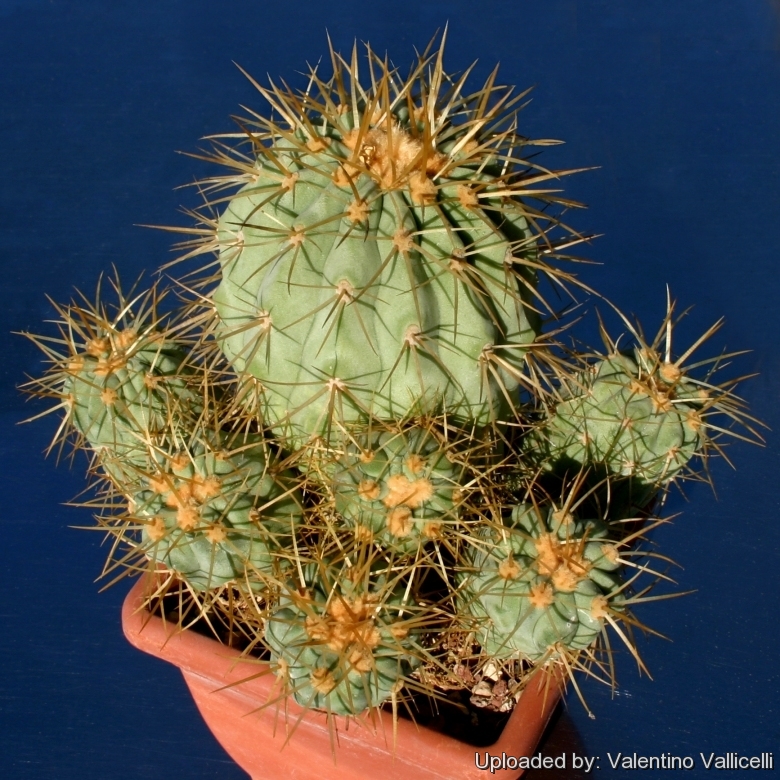
Copiapoa gigantea subs. haseltoniana (Copiapoa haseltoniana) Photo by: Valentino Vallicelli
It is a striking slow growing species that forms large clumps with age.
The ochre wool of the stems apex and the yellow spines distinguishes this species from Copiapoa cinerea.
Origin and Habitat: Endemic to the Atacama desert (Chile, Antofagasta) on a few hundred metres wide coastal plain at 15 km NE, inlands above Paposo (from Taltal to Caleta Colorado), which lies between the sea and the steeply rising coastal mountain.
Habitat: It grows in a scattered population in succulent vegetation such as Heliotropium, Pleocarpus and Opuntia. As is common in this coastal desert climate the early morning is foggy (the humidity of the sea furnish part of the water needed by this plants). By the middle of the morning however, the fog cover dissipate and sun breaking through the gaps warming the ground. The Brained Lizard (Liolaemus platei) is said to feed on floers of Copiapoa haseltonianaSN|1339]]SN|1339]].
Synonyms:
See all synonyms of Copiapoa haseltoniana
back
Accepted name in llifle Database:Copiapoa haseltoniana Backeb.Descr. Cact. Nov. 33 (1957).Synonymy: 17
back
Description: Usually forms massive clumps, up to 1.5 m tall.
Stems: Light green or reddish tinged with an amber yellow woolly crown, up to 25 cm in diameter, round branching laterally with 14 to 22 ribs. The individual stems are generally oriented northwards.
Spines: Golden up to 3 cm long; 0 to 2 central spines; 0 to 8 radial spines.
Bibliography: Major references and further lectures
1) Graham Charles “Copiapoa” Cirio Pub. Services, 1999
2) Edward Anderson “The Cactus family” Timber Press, Incorporated, 2001
3) Riha & Subik. “The illustrated encyclopedia of cacti and other succulents” (edited by G. & K.A. Beckett) 1981
4) James Cullen, Sabina G. Knees, H. Suzanne Cubey “The European Garden Flora Flowering Plants: A Manual for the Identification of Plants Cultivated in Europe, Both Out-of-Doors and Under Glass” Cambridge University Press, 11/ago/2011
5) Clive Innes “Complete Handbook of Cacti and Succulents” Van Nostrand Reinhold Company, 01/Dec/1981
6) David R Hunt; Nigel P Taylor; Graham Charles; International Cactaceae Systematics Group. "The New Cactus Lexicon" dh books, 2006
7) N. L. Britton, J. N. Rose “The Cactaceae. Descriptions and Illustrations of Plants of the Cactus Family.” Volume 4, The Carnegie Institution of Washington, Washington 1923
8) F.Ritter “Kakteen Südamerika” 3: 1072 1980
9) Sharon Chester "A Wildlife Guide to Chile: Continental Chile, Chilean Antarctica, Easter Island, Juan Fernandez Archipelago" Princeton University Press, 19/Apr/2010
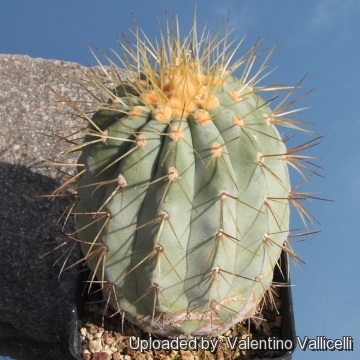 Copiapoa gigantea subs. haseltoniana (Copiapoa haseltoniana) Photo by: Valentino Vallicelli
Copiapoa gigantea subs. haseltoniana (Copiapoa haseltoniana) Photo by: Valentino Vallicelli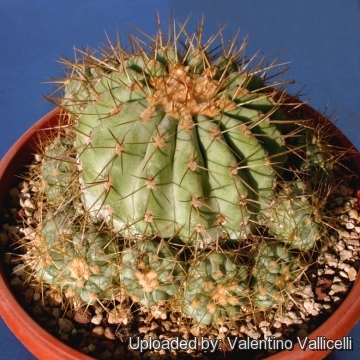 Copiapoa gigantea subs. haseltoniana (Copiapoa haseltoniana) Photo by: Valentino Vallicelli
Copiapoa gigantea subs. haseltoniana (Copiapoa haseltoniana) Photo by: Valentino Vallicelli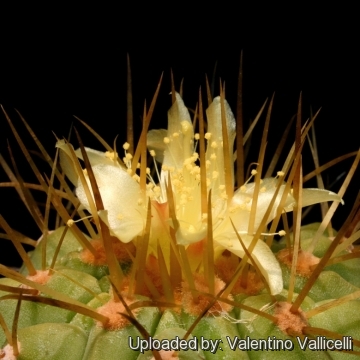 Copiapoa gigantea subs. haseltoniana (Copiapoa haseltoniana) Photo by: Valentino Vallicelli
Copiapoa gigantea subs. haseltoniana (Copiapoa haseltoniana) Photo by: Valentino Vallicelli Copiapoa gigantea subs. haseltoniana (Copiapoa haseltoniana) Photo by: Cactus Art
Copiapoa gigantea subs. haseltoniana (Copiapoa haseltoniana) Photo by: Cactus Art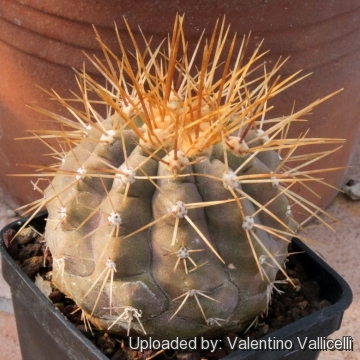 Copiapoa gigantea subs. haseltoniana (Copiapoa haseltoniana) Photo by: Valentino Vallicelli
Copiapoa gigantea subs. haseltoniana (Copiapoa haseltoniana) Photo by: Valentino Vallicelli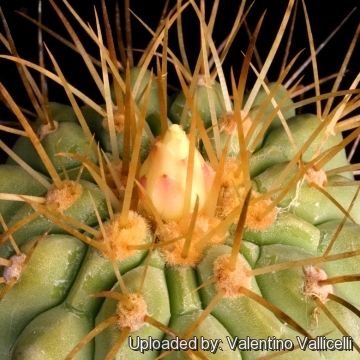 Copiapoa gigantea subs. haseltoniana (Copiapoa haseltoniana) Photo by: Valentino Vallicelli
Copiapoa gigantea subs. haseltoniana (Copiapoa haseltoniana) Photo by: Valentino Vallicelli Copiapoa gigantea subs. haseltoniana (Copiapoa haseltoniana) Photo by: Cactus Art
Copiapoa gigantea subs. haseltoniana (Copiapoa haseltoniana) Photo by: Cactus Art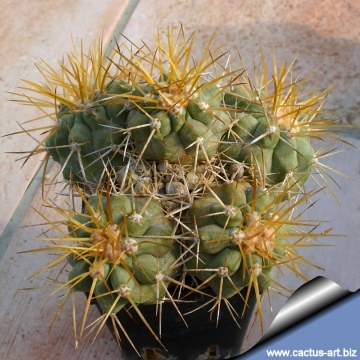 Copiapoa gigantea subs. haseltoniana (Copiapoa haseltoniana) Photo by: Cactus Art
Copiapoa gigantea subs. haseltoniana (Copiapoa haseltoniana) Photo by: Cactus ArtCultivation and Propagation: Considering that Copiapoa haseltonianaSN|1339]]SN|1339]] comes from a habitat with an extremely arid climate, they are remarkably tolerant of pot culture, but susceptible to overwatering. They requires also an appropriate air circulation. Copiapoas are summer grower species easy to cultivate.
Growth rate: This is a slow growing cactus kept for the beauty of its form that will make clumps given the best conditions.
Soils: It likes very coarse mineral cactus mix soil, but can become too elongated if compost is too rich.
Repotting: Use pot with good drainage.
Watering: It requires light but regular waterings in summer, but let the soil mix dry between waterings, but do not overwater (Rot prone), it must be strictly kept dry throughout the winter quiescent period since it is very sensitive to any moisture excesses keep dry in winter.
Fertilization: Feed with a high potassium fertilizer in summer.
Hardiness: Not highly tolerant of a great deal of frost.They need to be kept in a cool place during winter rest and are resistant to light frost if kept on the dry side prior to, and during, cold weather ( they are hardy to -2 C ° C short periods). However some warmth throughout the year will increase the grower's success (minimum 5° to 10°C during rest season).
Exposition: Requires full sun or light shade and careful watering to keep plant compact with strong coloured spines. Tends to bronze in strong light, which encourages flowering and heavy spine production. Light shadow my be useful in the hottest summer days.
Uses: It is an excellent plant for container growing. It always looks good and stays small. It look fine in a cold greenhouse and frame or outdoor in a rockery.
Pests & diseases: It may be attractive to a variety of insects, but plants in good condition should be nearly pest-free, particularly if they are grown in a mineral potting-mix, with good exposure and ventilation. Nonetheless, there are several pests to watch for:
- Red spiders: Red spiders may be effectively rubbed up by watering the infested plants from above.
- Mealy bugs: Mealy bugs occasionally develop aerial into the new growth among the wool with disfiguring results, but the worst types develop underground on the roots and are invisible except by their effects.
- Scales: Scales are rarely a problem. It is wise to treat your whole collection with a systemic insecticide twice a year in spring and autumn.
- Rot: Rot is only a minor problem with cacti if the plants are watered and “aired” correctly. If they are not, fungicides won't help all that much. To prevent rottenness it is also advisable to surround its root neck by very rough sand or grit, this help a fast water drainage.
Propagation: Seeds (or offsets if available), Grafting is often used to speed growth rate and to create a back-up to plants in collection. Seeds germinate in 7-14 days at 21-27° C in spring, remove gradually the glass cover as soon the plants will be well rooted (ca 1-2 weeks) and keep ventilated, no full sun for young plants!
Your Photos
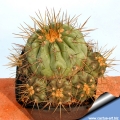
by Cactus Art




















